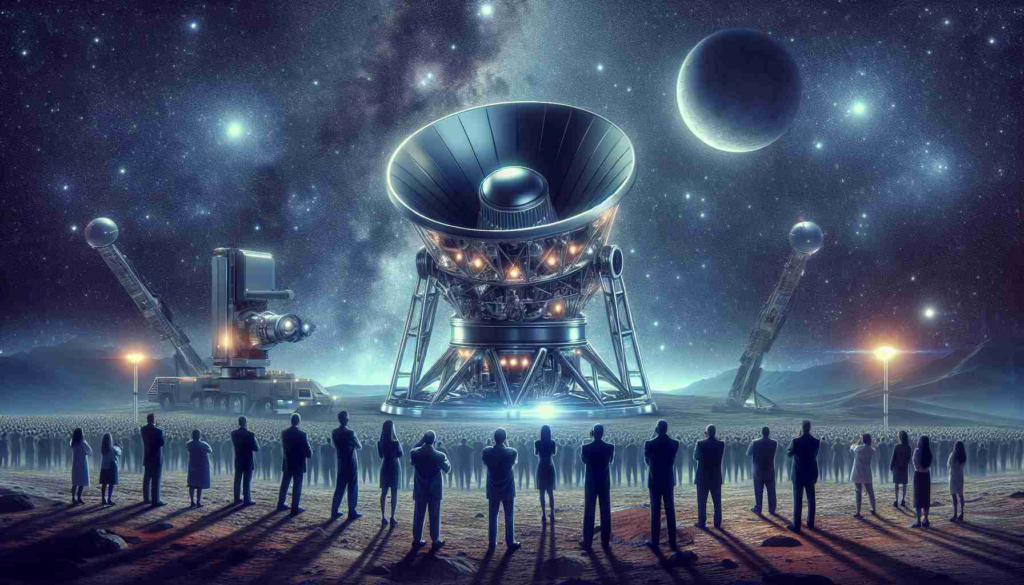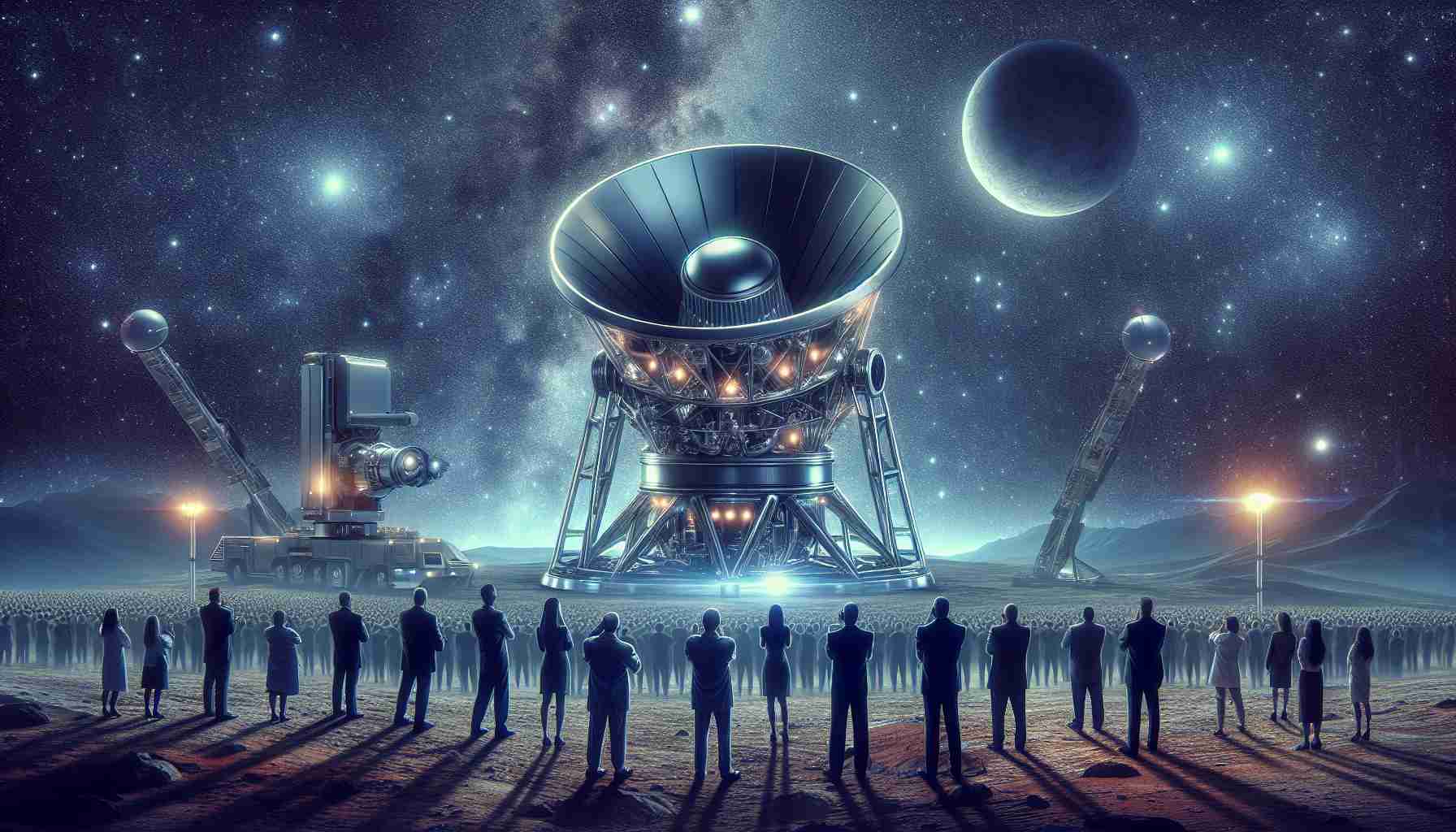Continues after advertising
From the dawn of the cosmos, when the universe erupted into existence in a dazzling display of energy and matter known as the Big Bang, to the intricate dance of molecules that sparked the origin of life on Earth, the journey of evolution is nothing short of awe-inspiring. As we embark on this exploration, we will unravel the threads that connect the primordial elements to the rich tapestry of life that surrounds us today. This article delves into the cosmic odyssey that has shaped everything from the stars above to the very cells within us, guided by the pioneering work of scientific luminaries like Stephen Hawking and Carl Sagan. 🌌
With over 15 years of experience in scientific writing and a profound expertise in biotechnology, I invite you, dear reader, to join me on this enlightening journey. Together, we will traverse through epochs and eons, examining the pivotal moments that have led to the emergence of life. This narrative is meticulously crafted to offer clarity and precision, ensuring that each scientific nuance is thoroughly explored and understood. As we navigate this complex yet fascinating terrain, your engagement is paramount, and your curiosity will be our compass.
Continues after advertising
How did a universe born from chaos give rise to the organized complexity we see today? What secrets do the stars hold about our own origins? These are just a few of the intriguing questions we will address as we piece together the cosmic puzzle of evolution. Prepare to be captivated by the wonders of science as we journey through time and space, uncovering the marvels that define our existence. 🔍
From the Big Bang to Life: The Cosmic Journey of Evolution
Understanding the origins of the universe and the journey of life as we know it is a captivating saga that stirs the imagination and evokes wonder. The path from the Big Bang to the emergence of life on Earth is a story filled with complexity and mystery. Let’s delve into this cosmic journey, exploring key stages and elements that have shaped everything around us.
Continues after advertising
The Beginning: The Big Bang
Around 13.8 billion years ago, the universe began with the Big Bang, a colossal explosion that marked the start of time and space. This event set off the expansion of the universe, creating a hot, dense environment where subatomic particles began to form. In those early moments, the universe was a chaotic cauldron of energy, but as it expanded, it cooled, allowing particles to combine and form the first atoms.
How did the universe cool down?
As the universe expanded, the energy density decreased, leading to a drop in temperature. This cooling allowed quarks to form protons and neutrons, which eventually combined to create the first atomic nuclei. After about 380,000 years, electrons were able to combine with these nuclei, forming stable atoms—mostly hydrogen and helium. This period is known as “recombination.”
The Formation of Stars and Galaxies

Once atoms formed, gravity began to take hold, pulling together clouds of gas and dust into clumps that would become stars and galaxies. Stars are the cosmic forges where elements are created, with nuclear fusion at their cores producing heavier elements such as carbon, oxygen, and iron—key ingredients for life.
Why are stars important in the evolution of the universe?
Stars are crucial because they act as the universe’s chemical factories. Through fusion, they create elements that are essential for the formation of planets and, eventually, life. When stars reach the end of their life cycles, they explode in supernovae, dispersing these elements into space and enriching the surrounding interstellar medium.
The Birth of Planets
Around 4.5 billion years ago, our own solar system began to take shape. From the remnants of previous stars, a rotating disc of gas and dust formed around a newly born Sun. Over time, particles within this disc collided and stuck together, gradually building up into larger bodies that would become planets.
How did Earth become habitable?
Earth’s position in the solar system was crucial. It formed in the “habitable zone,” where temperatures allowed liquid water to exist. Volcanic activity, comet impacts, and the presence of water contributed to the formation of a primordial atmosphere and oceans, setting the stage for life.
The Emergence of Life
Life on Earth is believed to have started around 3.8 billion years ago, although the exact processes remain a topic of research and debate. Simple molecules combined to form more complex organic compounds, eventually leading to the first single-celled organisms.
What are some theories about the origin of life?
Several hypotheses exist about how life began on Earth, including:
- Abiogenesis: Life arose naturally from non-living matter through chemical reactions.
- Panspermia: Life was seeded on Earth from elsewhere in the universe via meteorites or comets.
The Evolutionary Journey
Once life began, it evolved and diversified over billions of years. Through the process of natural selection, organisms adapted to their environments, leading to the vast array of species we see today. Significant milestones in this journey include the development of multicellular life, the Cambrian explosion, and the rise of mammals and humans.
How does evolution explain the diversity of life?
Evolution, driven by natural selection, explains how species change over time to adapt to their environments. Mutations and genetic variations introduce new traits, some of which may provide advantages in survival and reproduction, leading to the proliferation of those traits in future generations.
By examining these cosmic and evolutionary stages, we gain a deeper appreciation for the intricate tapestry of events that led from the Big Bang to the vibrant world of life on Earth today. This journey is a testament to the dynamic and ever-changing nature of the universe, continuously unfolding in remarkable and often unpredictable ways. 🌌🌍
Conclusion
In conclusion, “From the Big Bang to Life: The Cosmic Journey of Evolution” offers a profound exploration into the origins and development of the universe, bridging the gap between cosmic phenomena and the emergence of life. This narrative not only underscores the intricate processes that have shaped our existence but also highlights the interconnectedness of all things. Through a meticulous examination of scientific evidence, the text provides a comprehensive understanding of the evolutionary milestones that have led to the diversity of life we observe today.
As we reflect on the journey from the Big Bang to the present, we are reminded of the remarkable resilience and adaptability inherent in life. This cosmic perspective encourages us to consider our place in the universe and the responsibility we bear in preserving the delicate balance of our ecosystem. It challenges us to ponder: How can we harness this knowledge to foster a sustainable future for generations to come? 🌍
Thank you for embarking on this enlightening journey with us. Your engagement and curiosity are invaluable, driving the ongoing pursuit of knowledge and discovery. As you continue to explore the wonders of science, remember that every question asked is a step toward greater understanding. What new insights will you uncover next? 🤔

